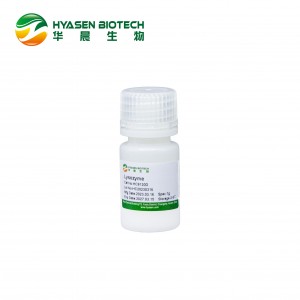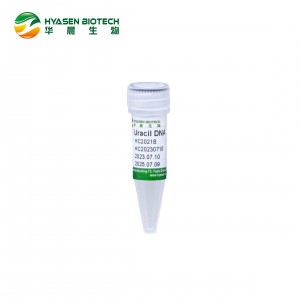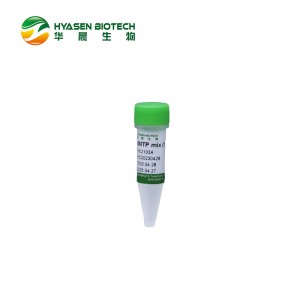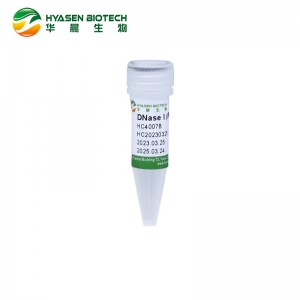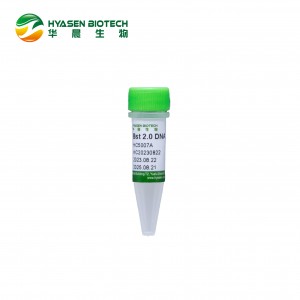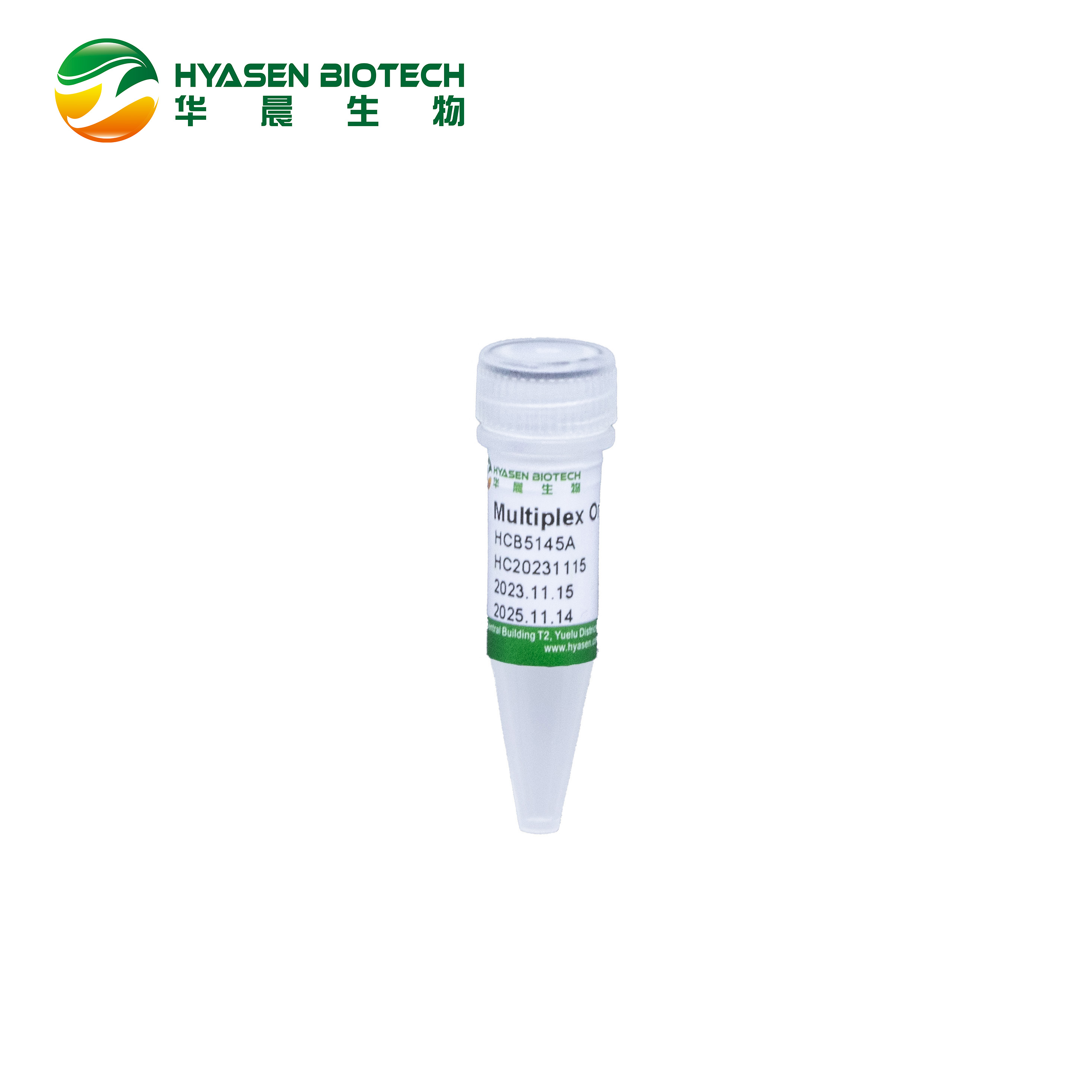
Multiplex One Step RT-qPCR Premix-UNG
Cat No: HCB5145A
Multiplex One Step RT-qPCR Probe Kit (UDG Plus) is a multiplex quantitative PCR kit based on RNA as template. In the process of the experiment, reverse transcription and quantitative PCR were carried out in the same tube, which simplified the experimental operation and reduced the risk of contamination. In this kit, the first strand cDNA was efficiently synthesized by heat-resistant Reverse Transcriptase and quantitatively amplified by HotStart Tag DNA Polymerase. The kit mainly contains optimized MP buffer, enzymes mix, etc. The buffer solution already contains Mg2+ and dNTP. In addition, the factors that can effectively inhibit the non-specific PCR amplification and improve the amplification efficiency of multiple qPCR reactions are added, which can ensure the amplification efficiency and carry out up to multiple amplification reaction. The dUTP/UDG system was added to effectively prevent the risk of aerosol contamination.
Components
1. Buffer
2. Enzyme Mix
Specification
|
Hot Start |
Built-in hot start |
|
Detection method |
Primer-probe detection |
|
PCR method |
One step RT-qPCR |
|
Polymerase |
Taq DNA polymerase |
|
Type of sample |
DNA |
Storage Conditions
The product is shipped with dry ice and can be stored at -25~-15℃ for 1 year. It should avoid frequent freeze-thaw. It is recommended to save separately.
Instructions
1.Reaction System
|
Components |
Volume (μL) |
Final Concentration |
|
2 × MP Buffer |
12.5 |
1× |
|
Enzyme Mix |
1 |
- |
|
Primer/Probe mix (2.5 μM) |
3 |
0.3μM |
|
Template RNA |
1-10 |
- |
|
RNase Free H2O |
to 25 |
- |
Notes:
Be sure to mix well before use, avoid excessive bubbles caused by violent vibration.
a. Primer concentration: Primer mix including multiplex primer, depending on the situation optimal primer concentration maybe between 0.l and 1.0μM.
b. Probe concentration: Probe mix including multiplex probe labeling difference fluorescent group, depending on the situation optimal probe concentration maybe between 0.05 and 0.5μM.
c. Template dilution: qPCR is highly sensitive and it is recommended to dilute the template. The control Ct value is suitable between 20 and 35.
d. System preparation: Please prepare in the ultra clean working table, and pipettor and reaction tube without nuclease residue; it is recommended to use the gun head with filter element. Avoid cross contamination and aerosol contamination.
2. Optimized Cycling Protocol
|
Cycle step |
Temp. |
Time |
Cycles |
|
Reverse transcription |
50℃ a |
20mins |
1 |
|
Initial-denaturation |
95℃ |
5mins |
1 |
|
Amplification reaction |
95℃ |
15sec |
40-45 |
|
60℃ b |
30sec c |
Notes:
a. Reverse transcription:The temperature can select 42°C or 50°C.
b. Amplification reaction: The temperature is adjusted according to the Tm value of the designed primers.
c. Fluorescence signal acquisition:Please set the experimental procedure according to the requirements of the instrument manual.
Notes
Please wear the necessary PPE, such as lab coat and gloves, to ensure your health and safety.






